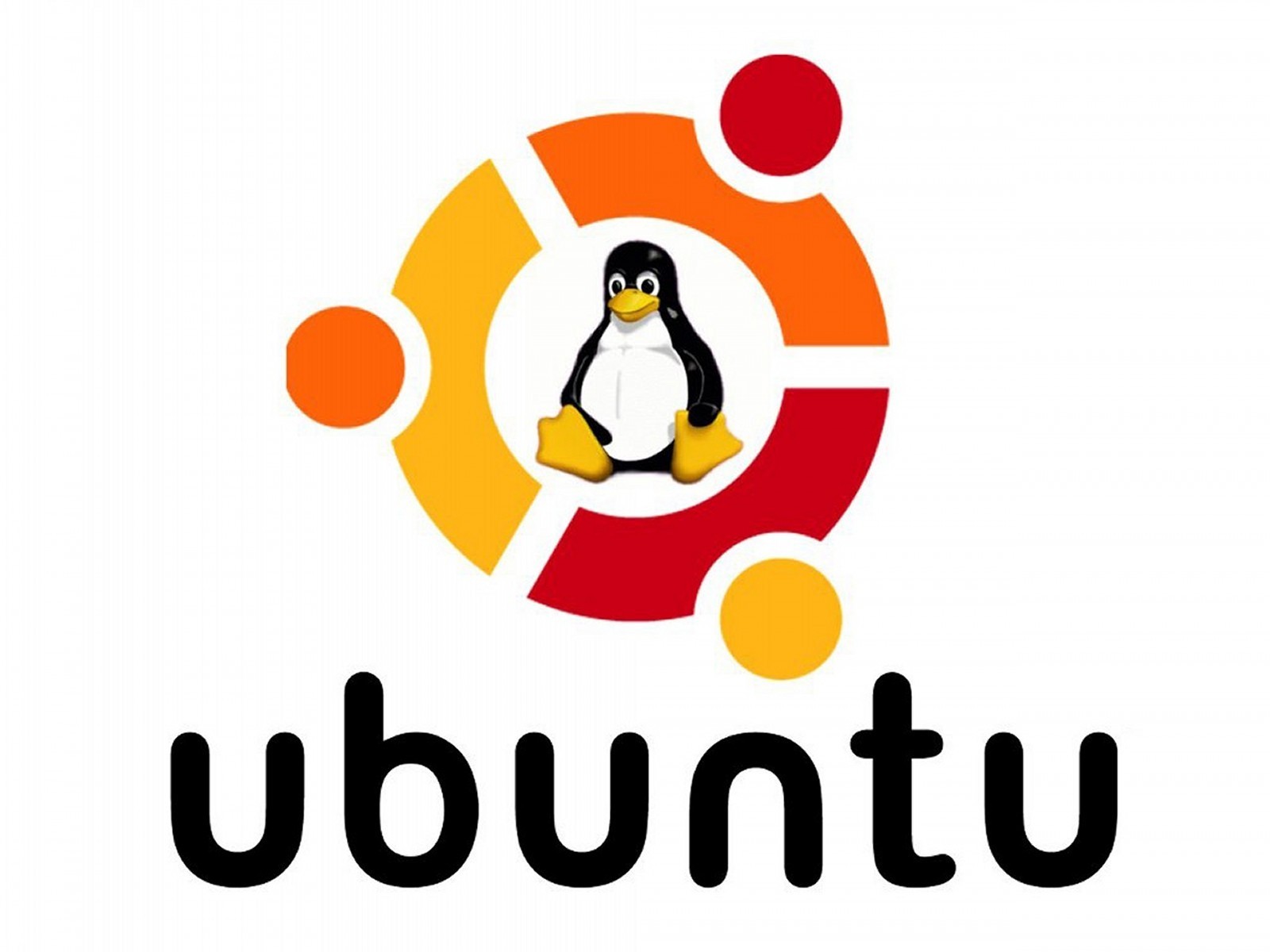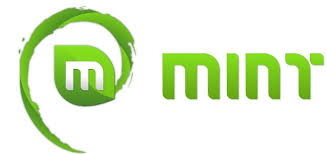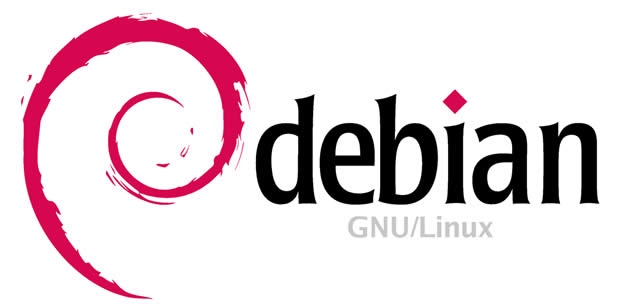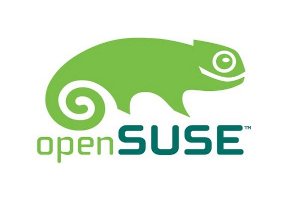Linux is a free Unix-type operating system for computer devices. According to https://www.edx.org Linux powers 94% of the world’s supercomputers, most of the servers powering the Internet, the majority of financial trades worldwide and a billion Android devices. In short, Linux is everywhere. It appears in many different architectures, from mainframes to server to desktop to mobile and on a staggeringly wide variety of hardware.
Linux isn’t a complete operating system — it’s just a kernel. Linux distributions take the Linux kernel and combine it with other free software to create complete packages. There are many different Linux distributions out there and almost all Linux distrubutions are free, open source and include all applications needed for a beginner, experienced or advanced user (most of them are free and open source too).
Here are the most popular linux distributions:





On our cluster is installed the CentOS Linux distribution.
Linux is made with one thought in mind: Everything is a file. To organize our files into a system we use folders. The lowest possible folder is root /. Almost everything we do on a computer involves one or more files stored locally or on a network. A standard Linux distribution follows the root / directory structure as provided below with explanation:
/bin : All the executable binary programs (file) required during booting, repairing, files required to run into single-user-mode, and other important, basic commands viz., cat, du, df, tar, rpm, wc, history, etc.
/boot : Holds important files during boot-up process, including Linux Kernel.
/dev : Contains device files for all the hardware devices on the machine e.g., cdrom, cpu, etc
/etc : Contains Application’s configuration files, startup, shutdown, start, stop script for every individual program.
/home : Home directory of the users. Every time a new user is created, a directory in the name of user is created within home directory which contains other directories like Desktop, Downloads, Documents, etc.
/lib : The Lib directory contains kernel modules and shared library images required to boot the system and run commands in root file system.
/lost+found : This Directory is installed during installation of Linux, useful for recovering files which may be broken due to unexpected shut-down.
/media : Temporary mount directory is created for removable devices viz., media/cdrom.
/mnt : Temporary mount directory for mounting file system.
/opt : Optional is abbreviated as opt. Contains third party application software. Viz., Java, etc.
/proc : A virtual and pseudo file-system which contains information about running process with a particular process-id aka pid.
/root : This is the home directory of root user and should never be confused with ‘/‘
/run : This directory is the only clean solution for early-runtime-dir problem.
/sbin : Contains binary executable programs, required by System Administrator, for Maintenance. Viz., iptables, fdisk, ifconfig, swapon, reboot, etc.
/srv : Service is abbreviated as ‘srv‘. This directory contains server specific and service related files.
/sys : Modern Linux distributions include a /sys directory as a virtual filesystem, which stores and allows modification of the devices connected to the system.
/tmp : System’s temporary directory, accessible by users and root. Stores temporary files for user and system, till next boot.
/usr : Contains executable binaries, documentation, source code, libraries for second level program.
/var : Stands for variable. The contents of this file is expected to grow. This directory contains log, lock, spool, mail and temp files.
Remember: The only folder a normal user needs to use is /home/username/ - this is where you will be keeping all your documents:
/home/username/Documents
/home/username/Downloads
/home/username/Desktop
Remember: Files are case sensitive, "myfile" and "MyFile" are two different files.
More information on gegeek.com.